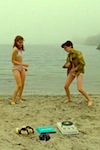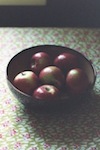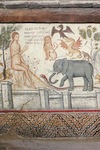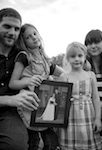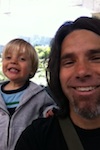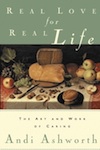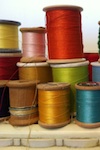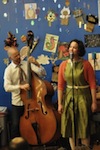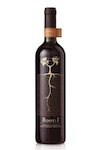 The specifics of what transpires under the surface of the soil are largely unknown. When uprooted at the end of the growing season, my seven-foot-tall okra plants showed strong but at the most only twelve-inch roots. Perennials and other plants may truly look dead, yet the root lives and continues to prepare for the next season of fruitful beauty.
The specifics of what transpires under the surface of the soil are largely unknown. When uprooted at the end of the growing season, my seven-foot-tall okra plants showed strong but at the most only twelve-inch roots. Perennials and other plants may truly look dead, yet the root lives and continues to prepare for the next season of fruitful beauty. It is the same with our souls. We cannot see all that is being worked out below the surface. The strength of what lies beneath is able to sustain, support, and give life to great things.

















